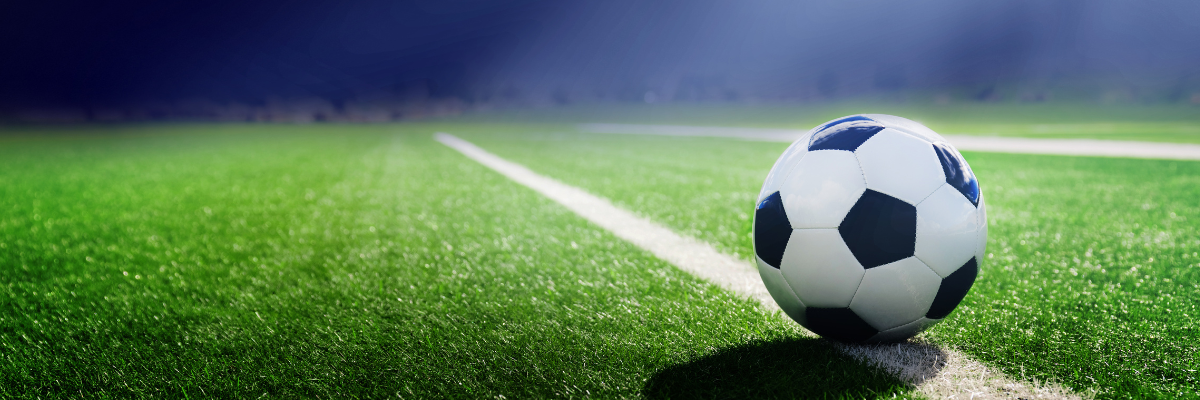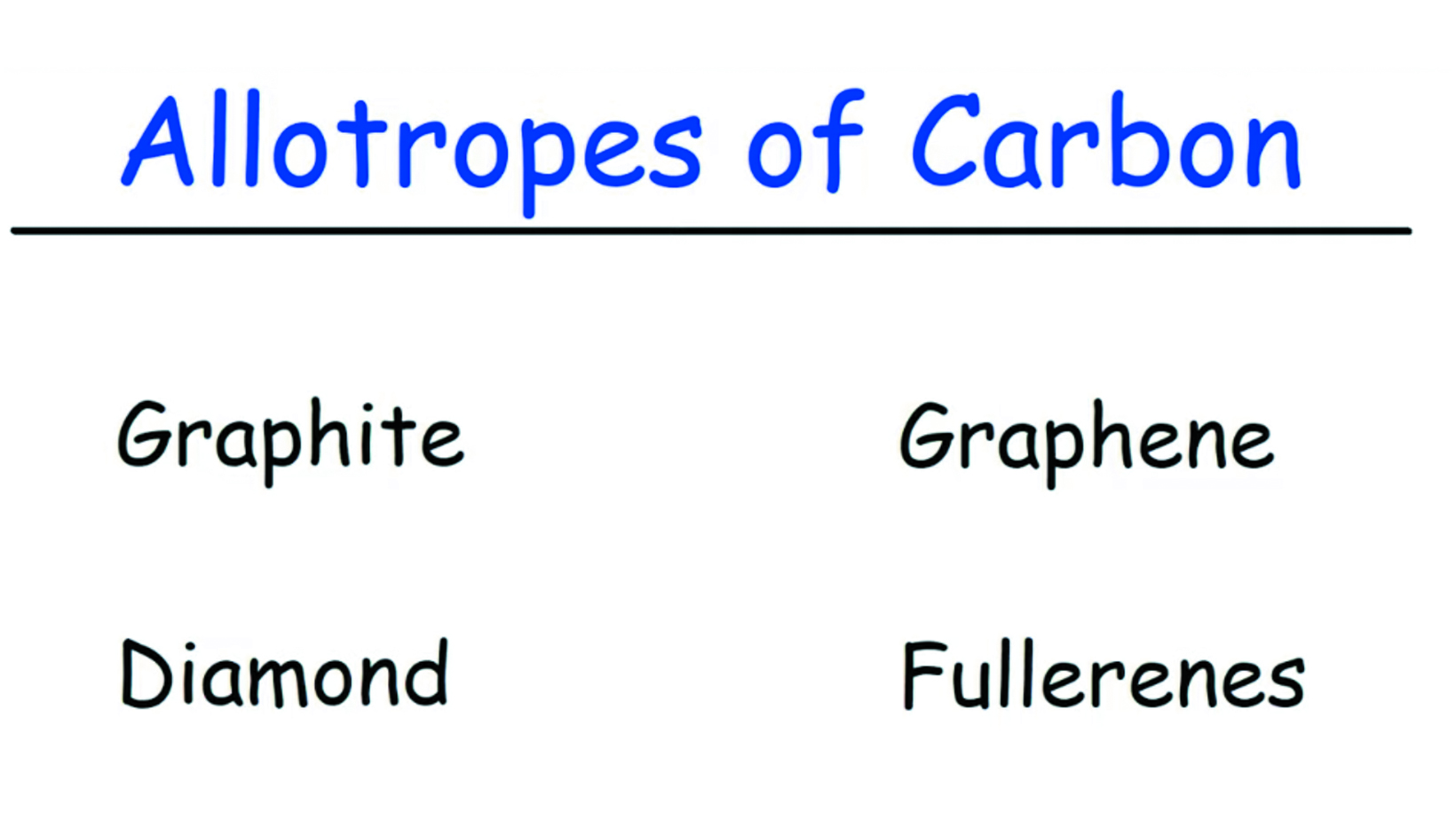Every living thing needs water to survive and turfgrass is no exception. As the weather gets hotter, your turf processes more and more water. It is too bad that when the turf needs water the most, is when it rains the least. If you don’t help the turf by watering the grass aka irrigation, you may experience the grass going dormant or suffer serious thinning.
The most common setback for lawns without sprinkler systems is under watering. On the other hand, the most common setback for lawns with a sprinkler system is over watering. Just like a indoor plant too much or too little water can stunt or even kill the plant. Funguses and root rot strive in wet soils.
Too little water will cause the ground to dry and crack. Foundations of houses can separate and cause thousands of dollars of damage. Too much water can wash away soil nutrients and any fertilizers or chemicals that you have applied.
Watering Grass
Water shortages are common in many areas of the world, yet it is not uncommon to see sprinkler systems running while it is raining. Water management is probably the hardest things we can do to our turfgrass.
Furthermore, in hot dry weather 50% of watering can be lost to evaporation. Loss in humid conditions is almost nonexistent. Wind can affect patterns and can help to speed up the drying process making less water available to the plant. Decreases in water pressures and improperly working sprinkler heads can greatly affect a well planned watering schedule.
Photosynthesis
Stomata are tiny pores that cover each blade of grass. The plant absorbs water, nutrients, and minerals through the roots and uses all of these things in producing food aka the process of photosynthesis. Conversely, blades of grass release excess water and oxygen through its pores. This is called transpiration, and without enough water, the cycle can slow or even stop. Transpiration replaces oxygen and water vapor in the air. Just 2,500 square feet of turf can produce enough oxygen to support a family of four.
Soil
Soil types affect how often and how long you need to water. Sandy soil absorbs water fast but can lose it just as quick. Loam soil is ideal because it has a good absorbing rate and can also hold water well. Clay soil can be hard to water because it absorbs the water very slowly. Clay also holds water well and dries slower than sand or loam type soils.
The average turfgrass consumes about one inch of water a week. If there isn’t enough rain to meet the need, then watering is the only answer. Soil dries out from the surface downward. By deep watering you encourage deeper rooting of the grass. Water each area long enough to saturate the soil to a depth of six inches (that’s about one inch water per area per week). If possible, apply most of this inch of water at one time. Summer temperatures may affect your watering time due to evaporation. Evaporation may require you to water up to three inches in one week to give the plant an actual inch of water.
A dense thatch layer, surface crusts, or a non-wettable sand can severely reduce water infiltration rates. These surface conditions can be readily corrected through aeration, soil amendments, or wetting agents.
When water begins to stand (puddle) or run off, cut the water off. Let the area go dry for an hour or two and then water the same area again. This will allow you to do what is called deep root watering. Once a week is common practice in many areas of the country.
Review our website to learn more and contact a Greensmiths Distributor for sales and service.




